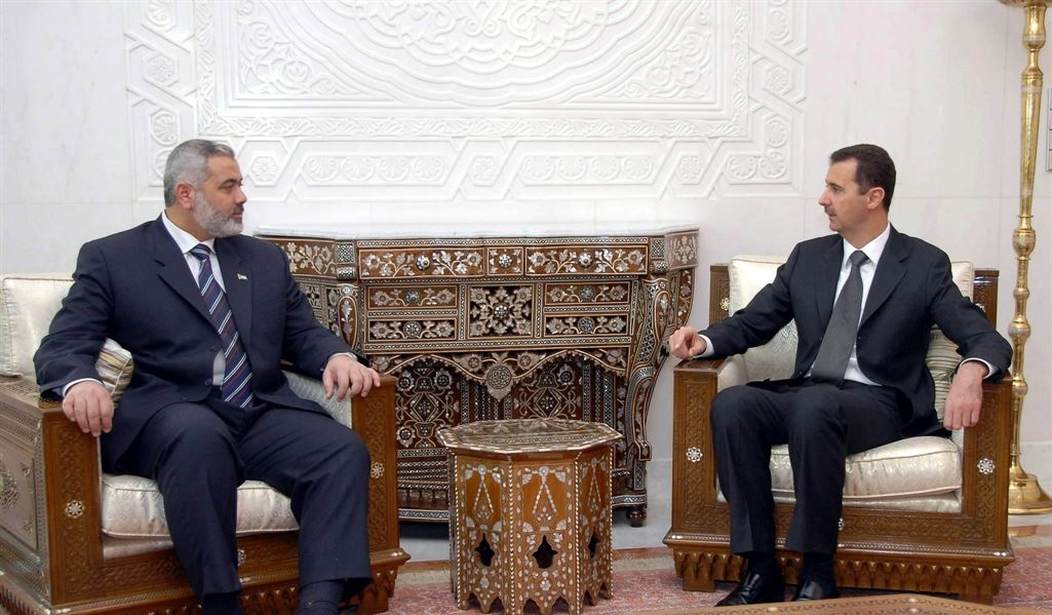In the world of slogans, all choices are simple, but in reality, all choices are complicated. Take the anticipated attack on Gaza. It’s not clear that delaying the Gaza ground offensive benefits the besieged. Evidence from history, including modern sieges in the Balkans, Ukraine, Syria, and Iraq, suggests that time torments the trapped city. “These are battles of will, as it were, between a besieging army and a population cut off from medical supplies, food or arms… extreme social isolation, boredom, stress, anxiety, lack of mobility” can inflict unbearable stress on large groups of people.
Time works in different ways for the combatants. It can be their friend or enemy; sometimes it is both at the same time. Historically, besieged cities’ only hope lay in either outlasting the surrounding army or awaiting the arrival of a relief force to lift the siege. Hamas’ hope for the former lies in diplomatic pressure on Israel and in the latter, the chance Russia, Syria, or Iran will ride to the rescue and widen the war.
Choices, choices. Delay kills, and so does action. How many people, both soldiers and civilians, could die in a Gaza ground invasion? The standard metric for estimating collateral damage is the civilian casualty ratio, defined as the ratio of civilian to combatant casualties. For WWI, it was 3:5, WWII 1:2, Korea 2:1, Vietnam 1:1, Chechen Wars 7:1, Afghanistan 2:5, Iraq War 1:2, WOT drone strikes brought the number as low as 1:50, Israeli airstrikes Gaza dipped to 1:30. But in Israel’s last incursion into Gaza in 2014, it rose again between 1:1 to 5:2, depending on whose figures are cited.
Two variables appear to influence the civilian casualty ratio. The first is the degree to which the fighting is confined to a fighting front. This explains why the civilian casualty ratios were lower for WWI and WWII than Vietnam or the Chechen Wars because they were, as a rule, conducted in areas clear of civilians. The second factor is the availability of precision fires, which explains the relatively low ratios in war-on-terror drone strikes and Israeli airstrikes only in Gaza. Technology has given some militaries the means to pick out individuals as targets, as exemplified by the CIA’s Hellfire-borne flying Ginsu knife.
But what happens when both the front and precision are absent? From the historical data, one could surmise that the highest expected civilian casualty ratios are those in which low-precision weapons are used in civilian environments. In Hamas’ 2023 attack on Israel, for example, the civilian casualty ratio was about 3:1. This also appears to be valid with respect to unguided Palestinian attacks on Israel, which, though they have killed a relative handful, struck mostly civilians. Large-scale ground combat in Gaza will, therefore, be a nasty proposition because it is the worst of both worlds. Even if, for the sake of argument, every IDF bullet found only a military target, for so long as masses of noncombatants remain in the area, Hamas’ lack of precision fire will guarantee a high civilian casualty ratio.
Surely, one can evacuate the noncombatants, or can you? In modern sieges, “humanitarian corridors” are used to extract civilians who wish to flee from the battlefield. But their removal requires the cooperation of all combatants; otherwise, the fleeing civilians could be killed, either accidentally or intentionally. “Humanitarian corridors” were partially effective in evacuating people from invested towns in the ongoing Russia-Ukraine war, but during the 2016-2017 siege of Mosul, the ‘safe corridors’ were basically unsafe. “As soon as you try to escape the ISIS-held territory, a sniper starts to target civilians trying to flee.”
A medical source who provides emergency treatment to displaced families from the right coast of Mosul said to the IOHR: “Over 50 wounded civilians per day are being treated during their displacement. ISIS uses mortar shells, and improvised explosive devices (IEDs) to target civilians escaping from territories under its control.”…
An aid worker at a hospital west of Erbil (Erbil Emergency), said: “In the past few weeks, the hospital received hundreds of wounded persons, many of them lost some of their limbs or were severely injured, or killed in their escape from ISIS.”
This is because civilians are themselves hostages, ‘human shields’ for the defenders. War is shameless. In the last days of WWII, Heinrich Himmler tried to swap Jewish concentration camp inmates for assurances that the Western allies would let him off the hook. Hamas, like ISIS, will try to hold onto as many civilians as they can because it is in their interest to do so.
Although one can hope for the best, realistically one must expect the worst from conflict. War, if it has any meaning, is argument by force. Once it is started, diplomacy takes a back seat until military decisions settle issues that talking could not resolve. A definite result of some sort is usually a precondition for peace or at least a ceasefire. This may not be what we prefer, but it is the way things are. In war, there is usually a winner or a loser; that is why it is sometimes described as a zero-sum game.
That fact should give politicians pause, for if they are not the former, they will eventually be the latter. But in this strange world of ours, politicians can lose one war and start another. One reason why wars drag on for longer than they should is because they are often instigated by people with no personal skin in the game. For example, Ismail Haniyeh, “a senior political leader of Hamas and formerly one of two disputed Prime Ministers of the Palestinian National Authority” currently lives in Qatar. He expects to survive. Ordinary people die, but activist causes as embodied in their symbolic leaders live forever.










Join the conversation as a VIP Member